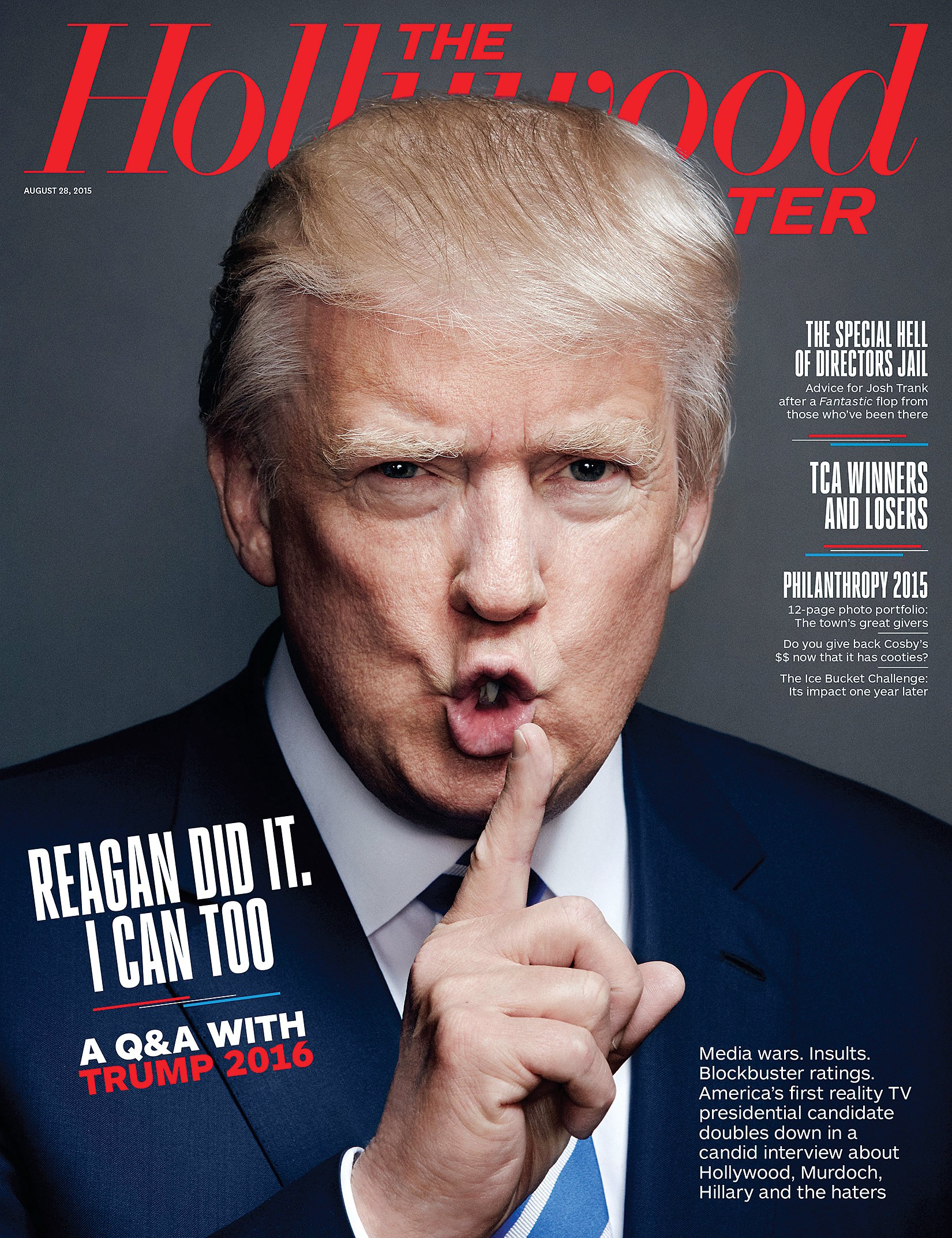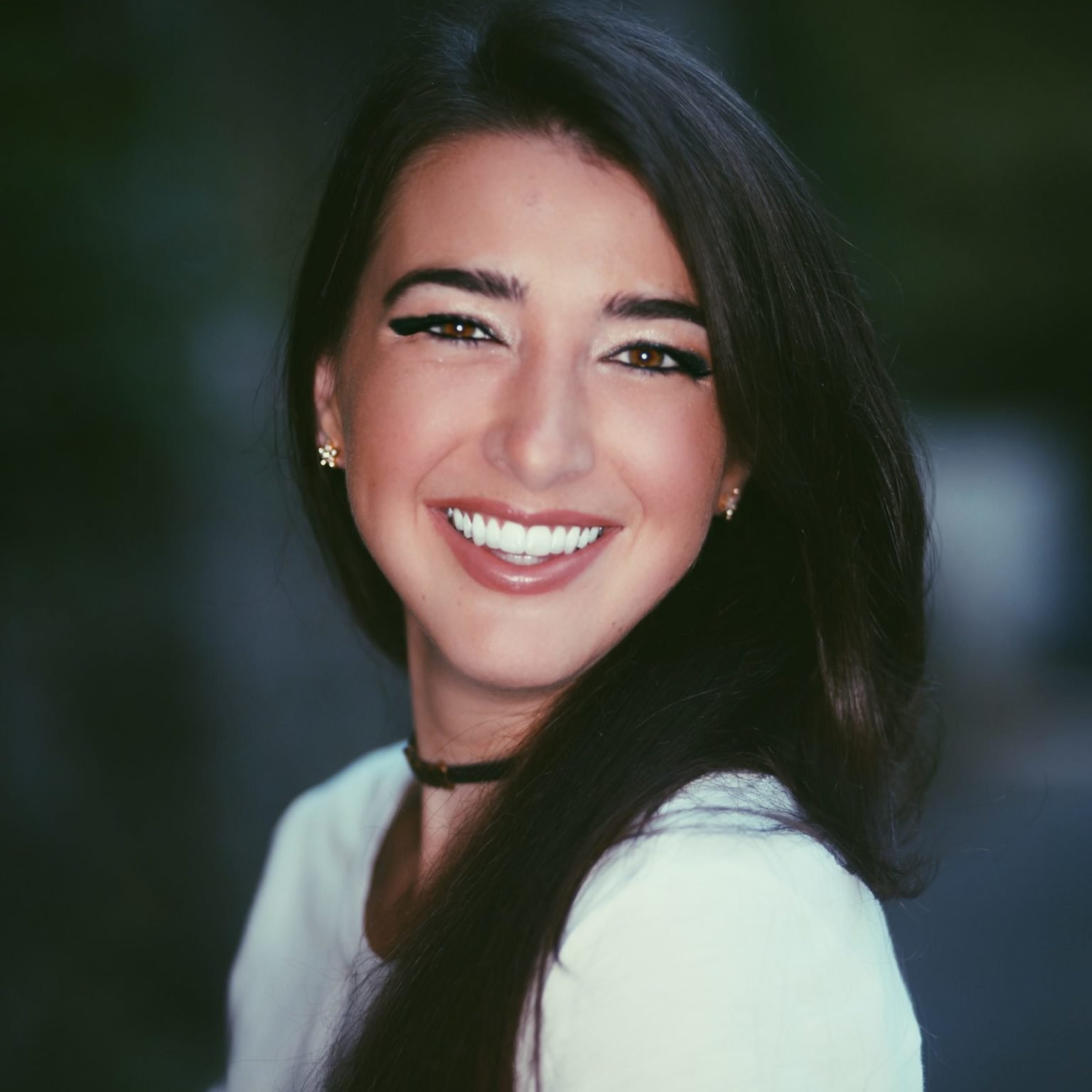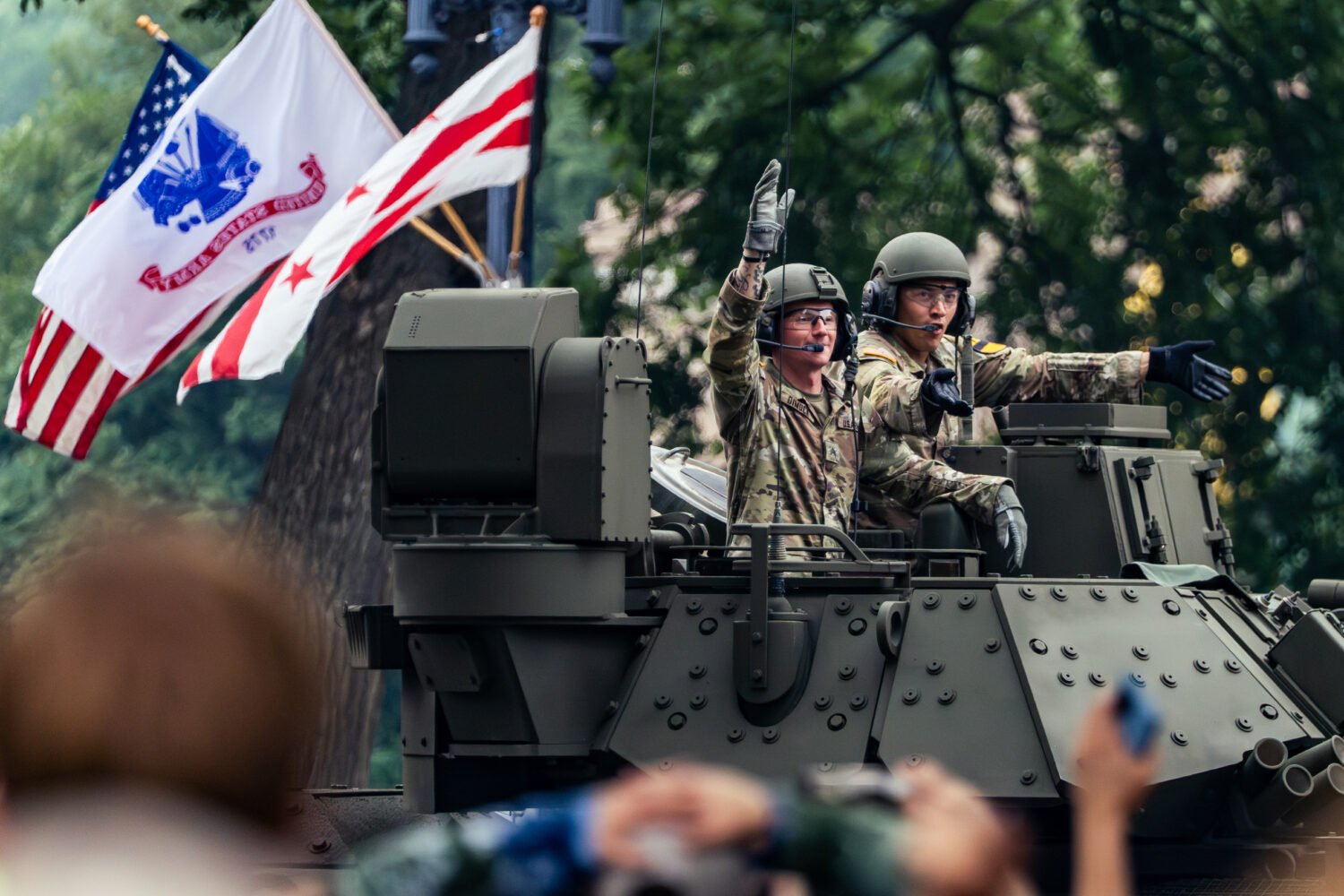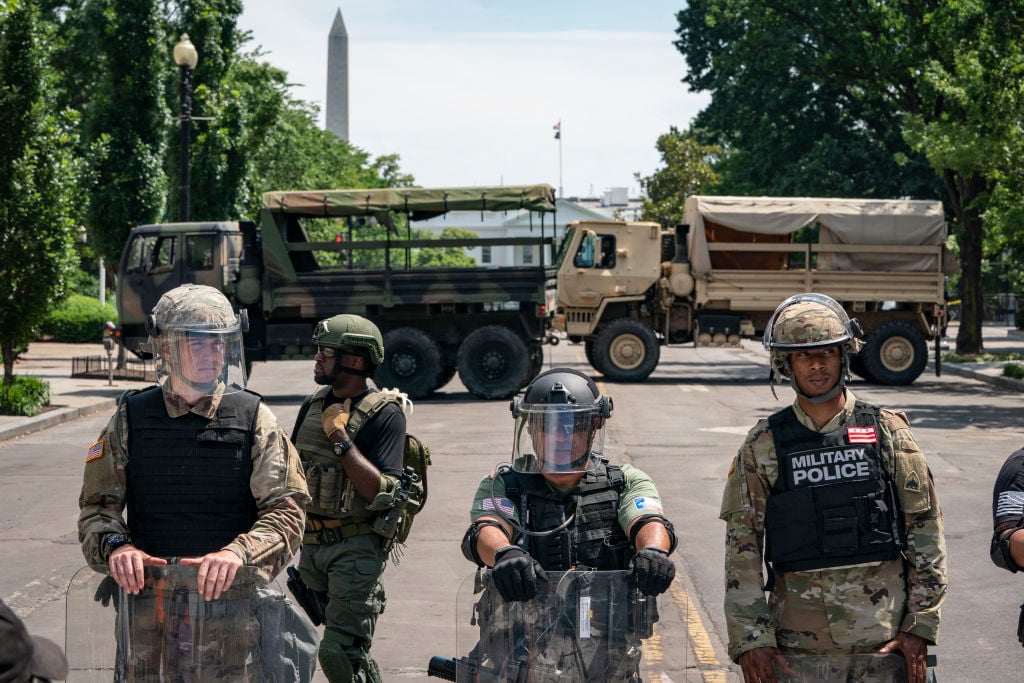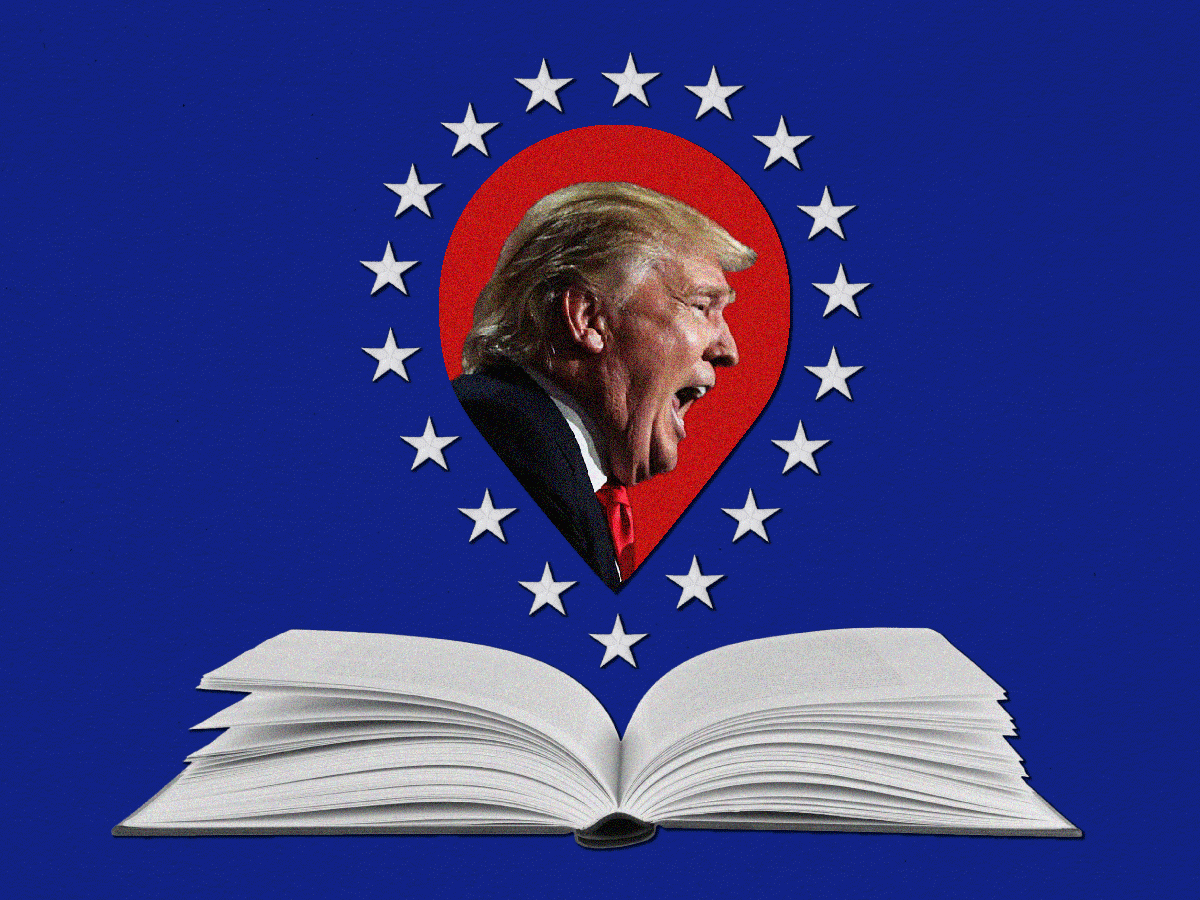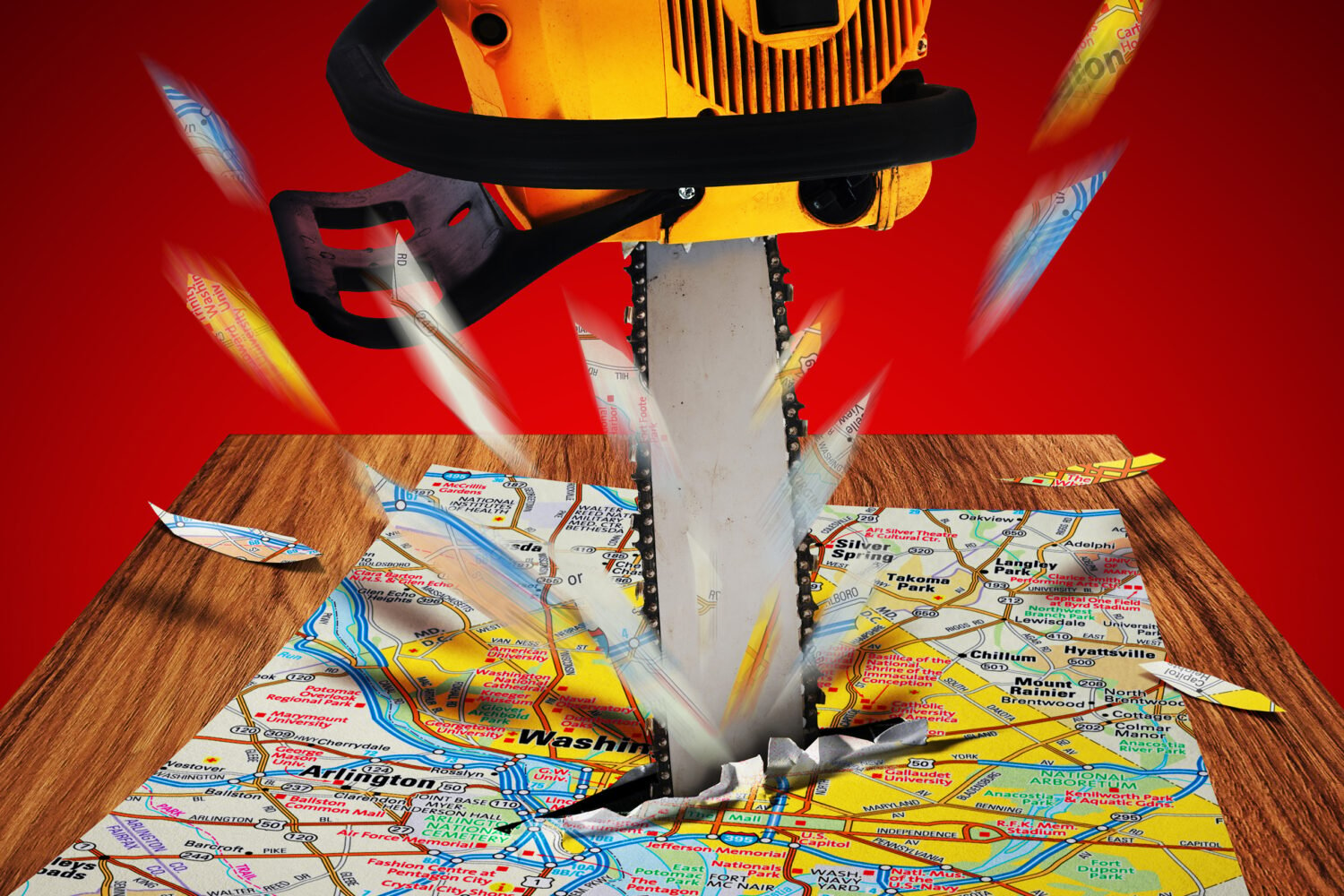Angelo Carusone had been a good source over the years for Aaron Couch, an editor at the Hollywood Reporter. Back when Donald Trump was best known for pushing the “birther” conspiracy theory about Barack Obama, Carusone had organized an effort to discourage Macy’s from carrying Trump’s brand—and had regularly fed the details to Couch. So Couch was intrigued when Carusone’s name popped up in his in-box. “I have something interesting for you,” the subject line read.
The day before—June 16, 2015—Donald Trump had descended the gilded escalator of Trump Tower to announce his improbable bid for President. In photos from the event, Carusone had noticed someone who looked to be an acquaintance—a background actor. The activist suspected Trump had hired people to cheer him on, and he asked Couch if he could confirm the hunch.
Less than three hours later, the Hollywood Reporter had obtained an e-mail sent out by a casting agency in search of extras to thicken the crowd at Trump’s announcement by paying $50 a head. The story took off online, and major outlets quickly confirmed the report. When it came to the unfolding story of the presidential election, the West Coast entertainment magazine was in the game.
The scoop marked the beginning of a banner season of political coverage for the Los Angeles publication, not previously known for trenchant campaign correspondence. Suddenly, people such as Tom Barrack and Steve Bannon weren’t just players in the LA zeitgeist or dial-a-quotes for stories about Cannes—they were stars in what was quickly becoming one of the strangest events in modern political history. What’s more, unlike most outlets, whose correspondents lacked good sourcing among Trump’s inner circle, the Hollywood Reporter had a fat Rolodex at the ready.
“Now that Trump’s President, there’s such confluence between Hollywood and DC,” says the magazine’s editorial director, Matthew Belloni. “Everyone around town has a Donald Trump story. So from the beginning, it made natural sense for us to cover him.”
***
Before the campaign, the Hollywood Reporter’s relationship with Trump was largely confined to news about his NBC reality show, The Apprentice. The magazine reported on the hit show and the ratings struggle of its spinoff, The Celebrity Apprentice. (In fact, the one time Trump was unhappy with the magazine was when, in its Heat Index—who’s up and who’s down—the editors deemed Trump “down” because of The Celebrity Apprentice’s low ratings. “He was very upset,” Belloni recalls.) There were other highlights in Trump coverage: Ivanka Trump’s first pregnancy announcement, The Donald’s feud with Rosie O’Donnell, and even a rolling list in 2011 called WHO HATES DONALD TRUMP MOST IN HOLLYWOOD NOW. (The answer: Jerry Seinfeld, Cher, and Robert De Niro, among others.)
While Trump may not have been as cozy with the Hollywood Reporter as he was with, say, the New York Post or the Daily News—tabloids in which he wasn’t just a frequent subject of coverage but also occasionally an anonymous source—for years the magazine had collected the contacts of people in his orbit as it became a reliable chronicler of the mogul and his family.
That work paid off on August 19, 2015, when the Hollywood Reporter published Trump’s first big magazine cover interview as the leading GOP candidate. “We asked for an interview early on, and he and his team were very responsive,” Belloni says. “It spoke to the fact that we had the perspective to say, you know, this guy’s for real.” In the piece by then top editor Janice Min, titled REAGAN DID IT. I CAN TOO, Trump sang Matt Drudge’s praises and boasted about the Trump bump in cable news. Columnist Michael Wolff got a slew of access to Trump for long articles throughout the campaign—to the chagrin of some critics, who found his interview style too chummy.
Now with Trump in the White House, the Hollywood Reporter has earned almost as much real estate in Politico Playbook as many DC publications have. That’s been good for the bottom line: Between November 2015 and November 2016, web traffic surged by more than 50 percent. Two of the magazine’s highest-trafficked stories in the last two years weren’t the kinds you’d normally associate with a La La Land publication but post-election exclusives with Megyn Kelly and Steve Bannon.
In February, alt-right provocateur Milo Yiannopoulos tipped the magazine that he’d be keynoting the Conservative Political Action Conference—a controversial move that drove the news cycle all weekend. Then there’s the ascendant role of the media itself in this administration, which the Hollywood Reporter has also capitalized on, pumping out stories about Bill O’Reilly’s exit from Fox News and the recent advertising exodus from Hannity.
Yet it’s worth pondering whether the magazine’s natural fit within coverage of this administration isn’t just a function of Trump’s Hollywood ties. After all, Ronald Reagan had those, too. But in a moment when so much of political communications is taking the form of a reality show, perhaps veterans of entertainment coverage know the country in ways that Beltway-media graybeards don’t.
“Trump is a product of Hollywood,” says the magazine’s television editor, Lacey Rose, who recently landed the first Billy Bush interview after Trump’s Access Hollywood scandal. “That’s who we are.”
If the Hollywood Reporter has one disadvantage with regard to other mainstream outlets, it’s geography. That’s about to change: In June, the publication hired former Politico editor Jeremy Barr as its first correspondent covering the intersection of politics and media. Says Belloni: “I think this line between entertainment and politics is only going to keep merging.”
This article appears in the August 2017 issue of Washingtonian.

